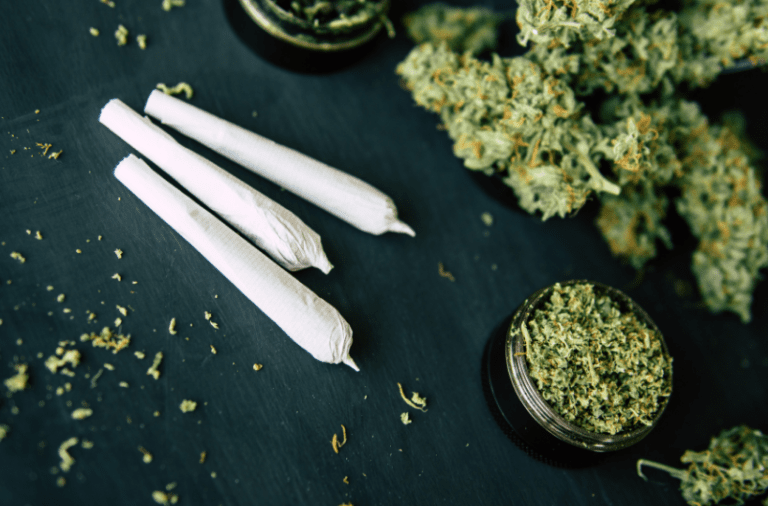How Much Wine is Too Much?
Wine is known to have health benefits. You may have heard that a glass a day is a good idea and can even promote longevity. Keeping that in mind, there’s a clear line between having an occasional drink and alcohol use disorder (AUD). There is an ongoing debate about whether or not it’s reasonable for individuals to have alcoholic drinks on a daily basis.
This is partly because integrating alcohol into your daily routine creates a habit. It’s a slippery slope from having one or two drinks a day to having three or four drinks a day. Once your body builds up a tolerance, you can experience withdrawal symptoms if you do not drink the amount your body is used to. This can result in a cycle of abuse.
Many sources indicate that one glass of wine a day for women and two glasses a day for men is within reason. According to the National Institute on Alcohol Abuse and Alcoholism (NIAAA), drinking less is always preferable to drinking more. The NIAAA defines heavy drinking or binge drinking as four or more drinks per day for men and three or more for women. SAMHSA defines heavy alcohol use as binge drinking more than five days in a single month.
Heavy drinking or binge drinking can result in alcohol use disorder (AUD) or alcoholism. If you or someone you know has transitioned from reasonable levels of drinking to what might be considered alcohol abuse, Oasis Recovery encourages you to reach out to a specialist about our alcohol recovery program. Our programs are tailored to fit the individual needs of clients.
When Occasional Wine Drinking Becomes Problematic
A person who has developed an alcohol use disorder (AUD) is likely to show signs and symptoms of alcoholism. It’s important to keep in mind that, at the end of the day, drinking wine, beer, liquor, hard seltzer, or another alcoholic beverage amounts to essentially the same. Drinking is drinking.
One difference is the amount of alcohol by volume (ABV) in a beverage. Wine averages about 11.6% ABV, beer 4.5% ABV, and liquor 37% ABV. Viewed this way, it’s easier to see how the amount of alcohol a person may be drinking can be deceptive. A person may say they only drink three beers a night but those beers may contain upwards of 7% ABV. That’s a big difference from three light beers which only contain about 4% ABV.
Signs that someone has developed an alcohol addiction:
- Increased time spent drinking
- Developing a tolerance for alcohol
- Experiencing cravings
- Experiencing withdrawal symptoms
- Drinking in spite of physical, psychological, or emotional issues
- Drinking as a coping mechanism
- Attempted to cut down or cease drinking without success
- Difficulty fulfilling family, childcare, or work obligations
- Being secretive about amount of alcohol consumption
- Has expressed denial that they may have a problem
- Engaging in risky behavior
- Avoids going places where alcohol will not be available
- Lack of interest in hobbies or other sources of joy
- Memory impairment
- Sleep problems
Contact Oasis Recovery Today to Learn More About Recovery from Alcoholism
Alcoholism can have a harmful effect on your personal relationships, work, physical health, mental health, and general well-being. Learning to live with alcohol as a crutch is freeing. The experts at Oasis Recovery know it’s difficult to kick the habit.
Our addiction specialists and mental health counselors will work with you to create a treatment plan designed to meet your individual needs. Reach out to us today to speak with a specialist about our programs and services. Recovery is always possible. Let us help you have better days to look forward to.











